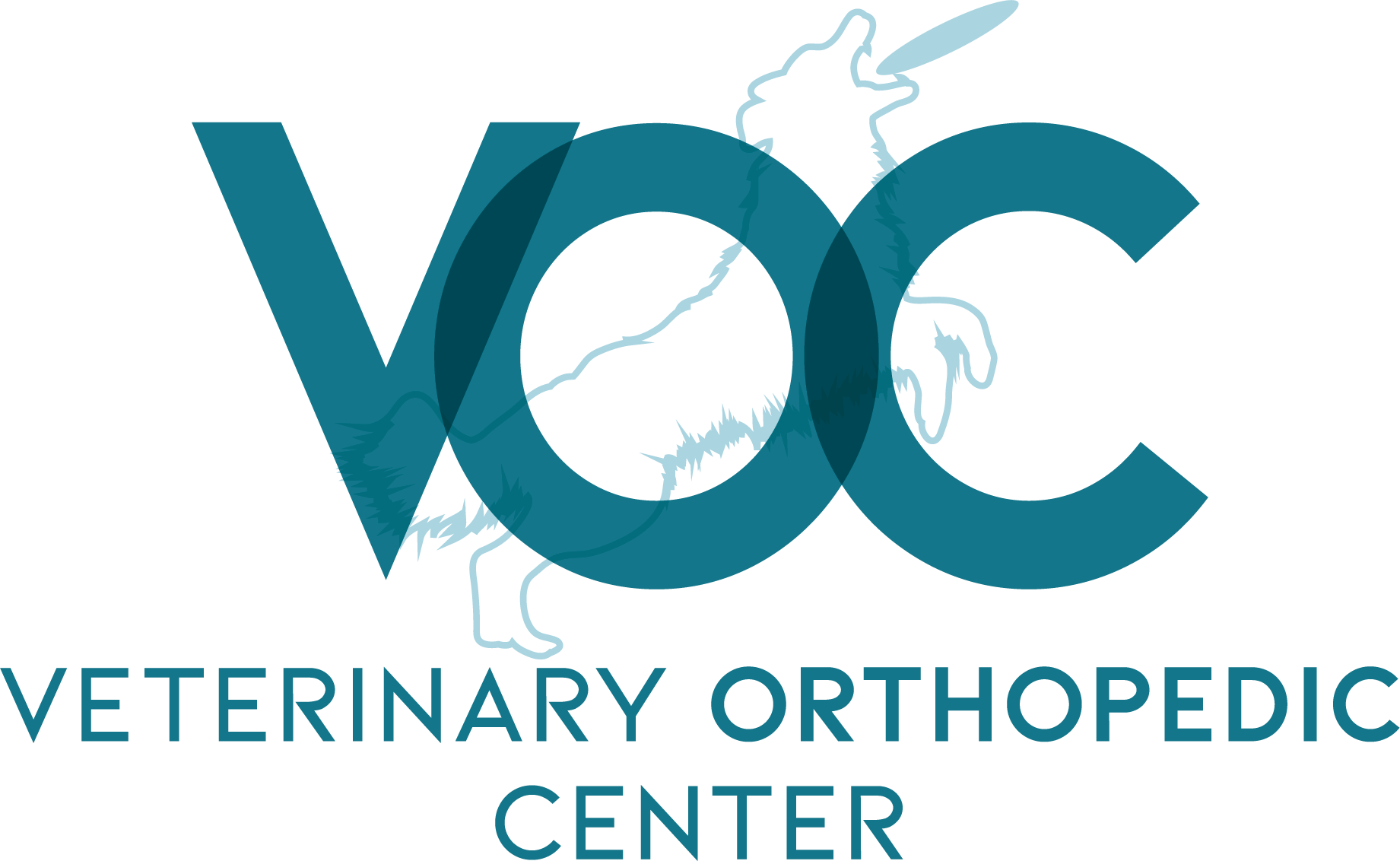Canine Hip Dysplasia
Hip dysplasia is a condition that affects many breeds of dogs. It is multifactorial in origin, usually with a hereditary component. Hip Dysplasia is the result of poor hip conformation leading to excessive laxity of the hip joint. It can manifest itself at a very young age but in some cases there is no clinical evidence until the osteoarthritic changes start appearing.
Treatment Options
Juvenile Pubic Symphysiodesis
JPS is a procedure used to improve hip joint conformation by altering the development of the pelvis. It consists in fusing the pubic symphysis, thus preventing the ventral aspect of the pelvis to grow in width while the dorsal aspect of the pelvis continues to expand. The end result is hip joints angled more favorably relative to the femoral heads.
This procedure is only appropriate for dogs younger than 16 weeks of age and preferable younger than 14 weeks.
Post-Operative Care:
- Patients are released from the hospital the same day. They are back to walking normally within 2-3 days.
- The surgical incision needs to be evaluated daily; Report excessive swelling, redness, or drainage. Contact us regarding any concerns.
- Administer pain medication for 3-4 days
- Sutures need to be removed 7-10 days after surgery
- Radiographs at 8-9 months of age
Femoral Head Osteotomy
FHO consists in removing the femoral head portion of the hip joint and resecting the femoral neck, eliminating the joint altogether thus creating a pseudoarthrosis, or a false joint.
The goal is to eliminate all contact between the femur and the pelvis/acetabulum. Following the ostectomy the joint capsule is closed to provide a cushion to prevent the femur from rubbing against the pelvis.
Post-Operative Care
- Restricted activity for 10 days
- Administer pain medication for 5-7 days
- Start leash walking at 10 days. Increase the distance by about 25% every week.
- Sutures need to be removed 10-14 days after surgery
- Second hip surgery, if needed, 6-8 weeks after the first surgery
- Consider a structured physical therapy program starting two weeks after surgery.
Triple Pelvic Osteotomy
TPO is one of the treatment options to consider when the condition is diagnosed before the patient’s first anniversary, in patients without excessive hip laxity and before the onset of osteoarthritic changes.
It consists in making three osteotomies (surgical cutting of the bone) to separate the acetabulum from the rest of the pelvis and rotating the acetabulum laterally 20° to 40° to optimize the relationship of the femoral head with the acetabulum. A bone plate is used to fix the acetabulum in its new position.
Post-Operative Care:
Patients are usually ambulatory on the operated leg on the second day post-op.
- The surgical incisions needs to be evaluated daily; Report excessive swelling, redness, or drainage. Contact us regarding any concerns.
- Administer pain medication for 5-7 days
- Ice pack over surgical areas 3-4 times a day for 4 days
- Sutures need to be removed 10-14 days after surgery
Activity Restrictions:
Weeks 1 and 2: Outdoor sessions only for elimination purposes. Use sling support as needed.
Weeks 1 through 4: No stair climbing, getting on the furniture or off-leash activities
Week 3: Start slow leash walks 5-10 minutes twice a day
Week 4 through 6: Increase length of time of walks by about 25% each week
Week 7: Start allowing off-leash activities under supervision
Week 10: Gradually return to other pre-injury activities
Total Hip Prosthesis
Total hip prosthesis is a treatment option to consider in cases of hip dysplasia resulting in pain, lameness and decreased activity associated with arthritic hip joints.
A total hip prosthesis consists of three components: a high-density polyethylene cup, a metal alloy ball (femoral head) and a metal alloy femoral stem implanted into the medullary cavity of the femur onto which the ball is fitted.
The system we use in the greatest majority of our patients is implanted without the use of methylmethacrylate (bone cement) for best results. It is referred to as a cementless system.
Post-Operative Care
- Patients are hospitalized for 4-5 days after surgery
- They typically use their operated leg lightly at the time of release from the hospital
- Administer pain medication and antibiotics for 7-10 days
- Ice the surgical site 3-5 times a day for the first 10 days
- Sutures need to be removed 10-14 days after surgery
